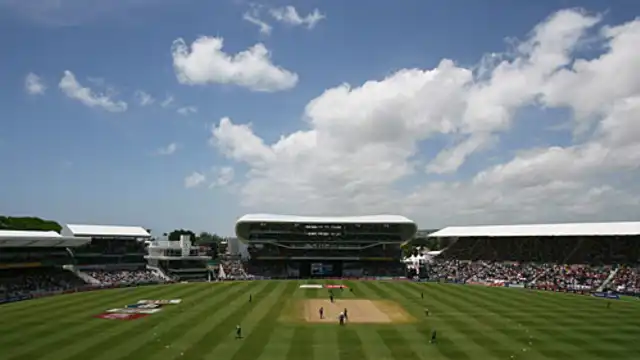Kensington Oval

The Kensington Oval has been home to Pickwick CC since 1882, and originally a pasture on a plantation 600 yards from the coast, it has grown into one of the most impressive grounds in the Caribbean. The official capacity of the old ground was 15,000, although more were crammed in on occasions. In more recent times, the locals were often outnumbered by tourists (Barbados being a tourism centre) never more so than when England visited. The pitches at Bridgetown are generally fast and bouncy, but generally favour the batsmen.
The ground was closed down at the end of the 2004-05 season and demolished in order that a new stadium could be built at a cost of $135 million in time for the World Cup, with the capacity being raised from 12,500 to 28,000. It was also allocated the final. The process was fraught with problems and the completion date slipped almost by the week.
The venue is steeped in history. It hosted the first England touring side (1895), the first combined West Indies side (against MCC in 1910-11) and was the scene of West Indies’ first Test in 1930. The reason for this is mainly geographical – Barbados is the easternmost island in the West Indies and so the first port of call for travellers from Europe. That first Test produced records aplenty, with Andrew Sandham’s 325 the first Test triple hundred (in 1920 Tim Tarilton had hit the first triple century in West Indies on the ground).
The ground was demolished and rebuilt at the end of the 2004-05 season as part of a redevelopment effort ahead of the 2007 World Cup.
Matches in Kensington Oval
- Australia vs Sri Lanka, Final 2007
- West Indies vs England, 48th Match 2007
- West Indies vs Bangladesh, 46th Match 2007
- England vs South Africa, 44th Match 2007
- Bangladesh vs Ireland, 42nd Match 2007
- Australia vs Ireland, 40th Match 2011
- Bangladesh vs England, 38th Match 2007



